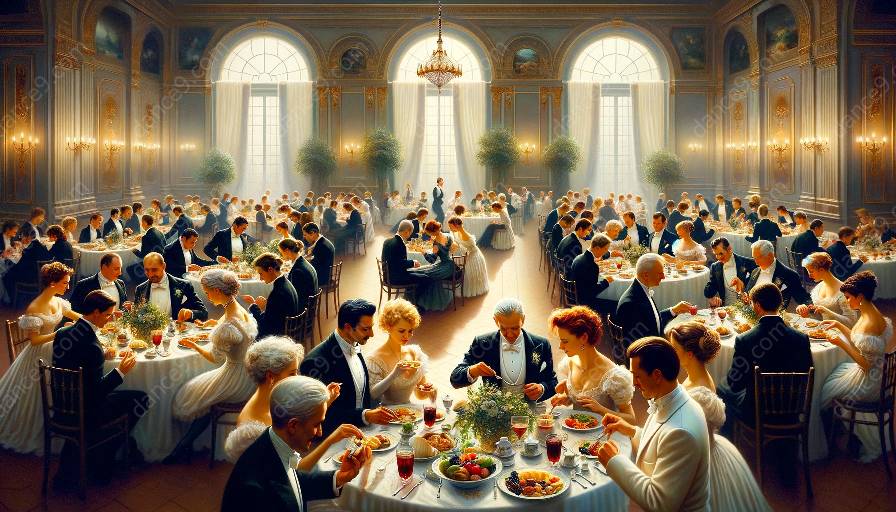Dance is a powerful form of self-expression and artistry that often requires immense physical and mental dedication. Within the dance community, the portrayal of body image in the media has a significant impact on dancers' self-perception, mental well-being, and physical health. This article aims to explore the relationship between media representation, body image, and the prevalence of eating disorders in the dance community, while also addressing ways to promote positive body image and support physical and mental health in dance.
The Influence of Media Representation on Body Image
The portrayal of dancers in the media often perpetuates unrealistic beauty standards and an idealized body image, leading to a distorted perception of what a dancer's body should look like. This can create immense pressure on dancers to achieve an often unattainable physical ideal, resulting in feelings of inadequacy, low self-esteem, and negative body image.
By constantly reinforcing these narrow beauty standards, the media can contribute to a toxic culture within the dance community that prioritizes external appearances over the holistic well-being of dancers. This, in turn, can lead to the development of eating disorders and mental health issues among dancers striving to meet these unrealistic expectations.
Dance and Eating Disorders
The intense focus on body image in the dance world has been linked to the increased susceptibility of dancers to develop eating disorders such as anorexia nervosa, bulimia, and disordered eating patterns. The pressure to maintain a certain physique to conform to aesthetic ideals portrayed in the media can lead dancers to engage in unhealthy eating habits and extreme weight control measures, posing serious risks to their physical and mental health.
Furthermore, the competitive nature of the dance industry and the constant scrutiny of one's appearance can exacerbate the risk of developing eating disorders. It is crucial to address the pervasive influence of media representation on body image and its correlation with the prevalence of eating disorders in the dance community, while promoting a more inclusive and supportive environment for dancers of all shapes and sizes.
Promoting Positive Body Image and Holistic Well-being in Dance
To combat the negative impact of media representation on body image in the dance community, it is essential to foster a culture that celebrates diversity, encourages self-acceptance, and promotes holistic well-being. Dancers, educators, and industry professionals can play a vital role in shifting the narrative surrounding body image by advocating for inclusivity and embracing a more realistic and diverse portrayal of dancers in the media.
Moreover, creating open dialogues about body image and mental health within the dance community can help dismantle harmful stereotypes and provide the necessary support systems for dancers facing body image insecurities and eating disorders. By prioritizing the physical and mental well-being of dancers, the dance community can work towards creating a more nurturing and positive environment, free from the detrimental effects of unrealistic beauty standards perpetuated by the media.
Supporting Physical and Mental Health in Dance
As dancers strive to excel in their art form, it is imperative to recognize the holistic nature of their well-being, encompassing physical, mental, and emotional health. Education on healthy nutrition, body positivity, and mental wellness should be integrated into dance training and professional development programs to equip dancers with the knowledge and tools to prioritize their overall health.
Additionally, access to mental health resources, counseling services, and nutritional guidance should be readily available within the dance community to offer support to those struggling with body image issues and eating disorders. Establishing a network of professionals, including nutritionists, psychologists, and dance educators, who prioritize the well-being of dancers can contribute to a healthier and more sustainable dance culture.
Conclusion
The impact of media representation on body image in the dance community is undeniable, with far-reaching implications for dancers' physical and mental well-being. By acknowledging the detrimental effects of unrealistic beauty standards perpetuated by the media, and actively working towards a more inclusive and supportive environment, the dance community can strive to promote positive body image and prioritize the holistic health of its members. Through education, open dialogue, and advocacy, the dance community can challenge harmful stereotypes and foster a culture that celebrates diversity, self-acceptance, and overall well-being.


































